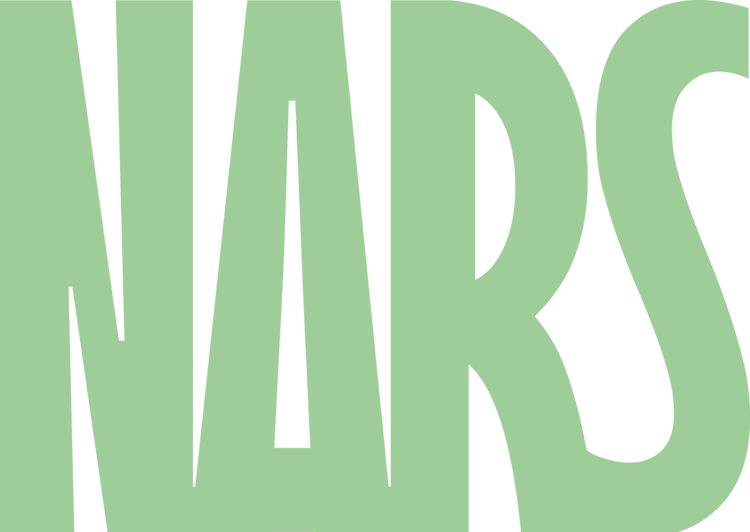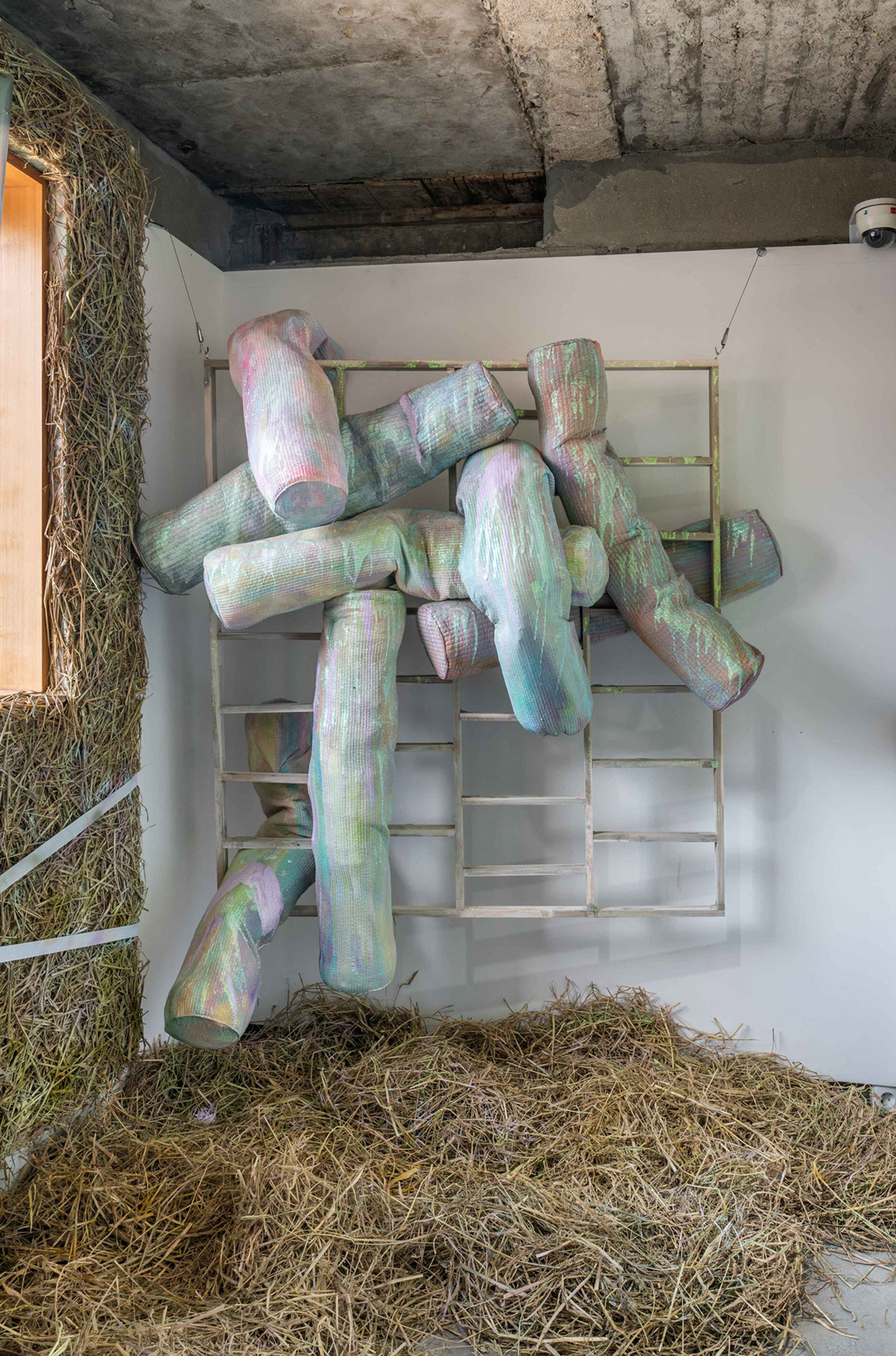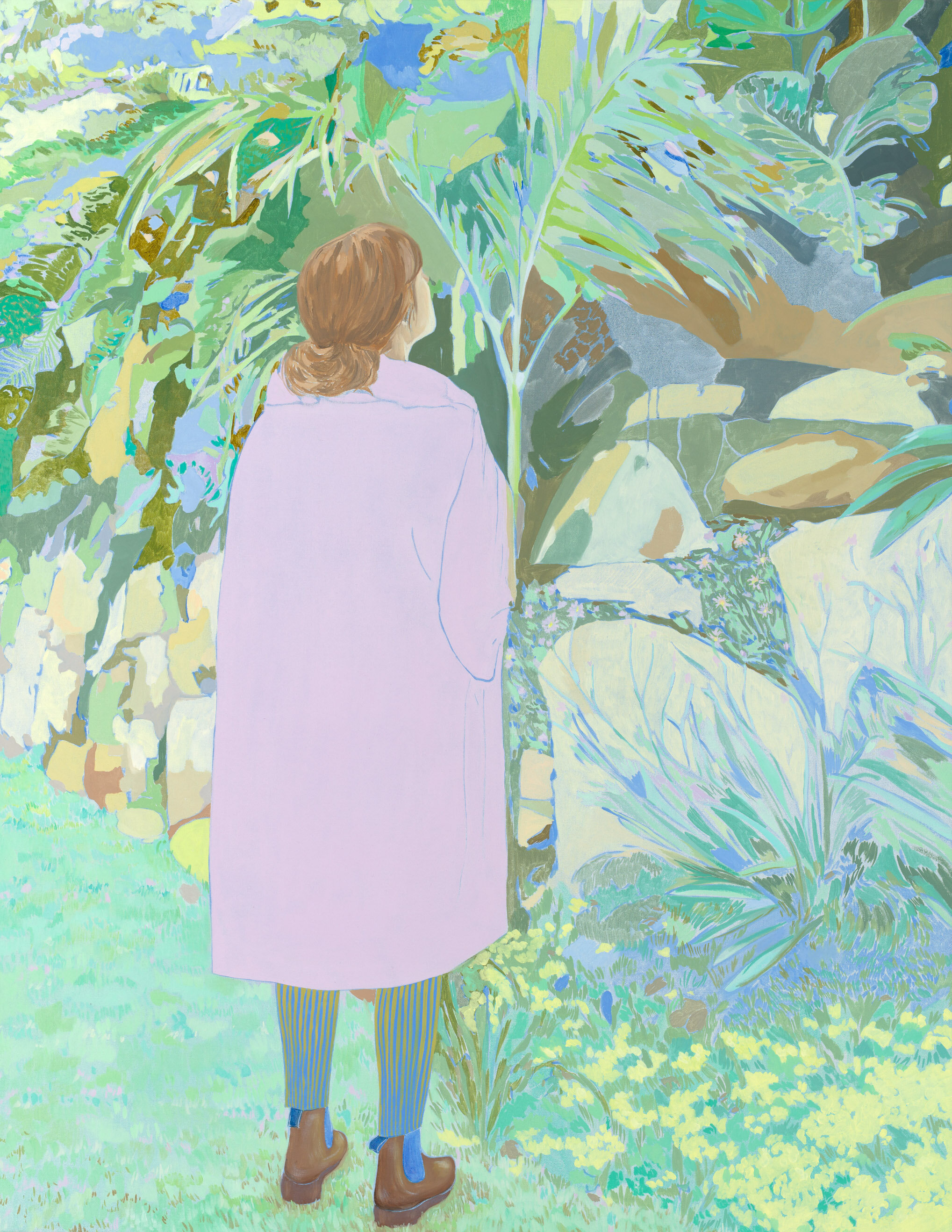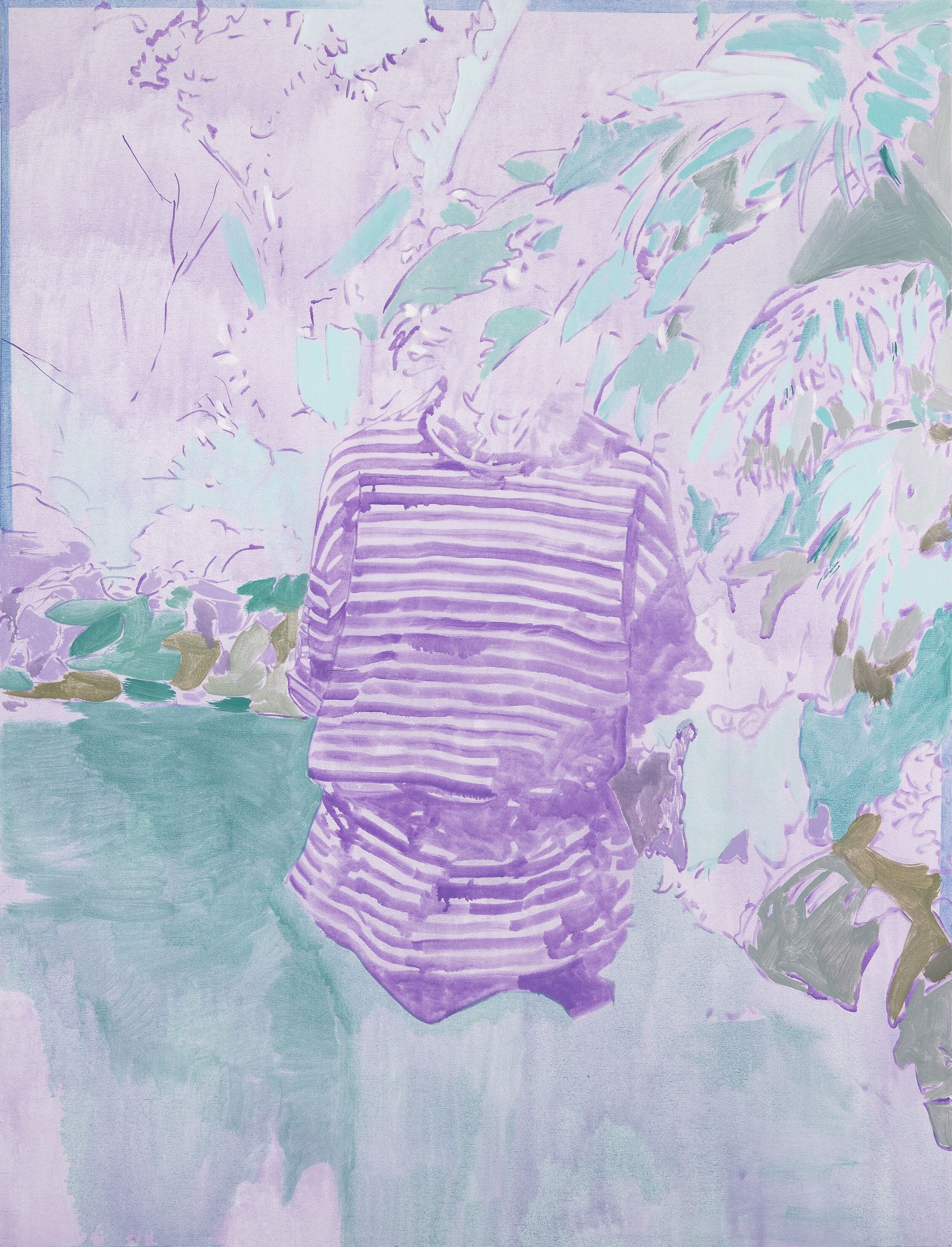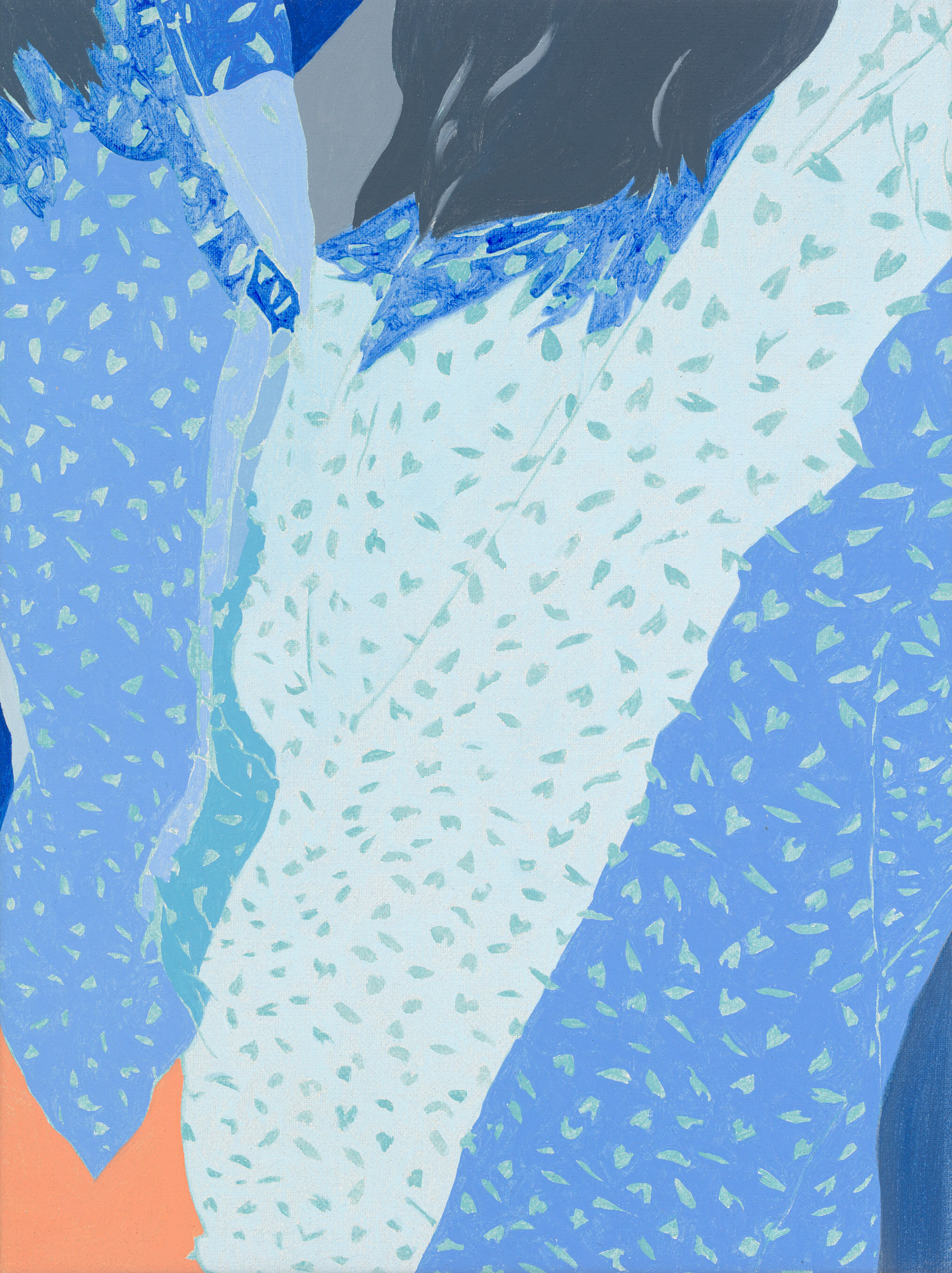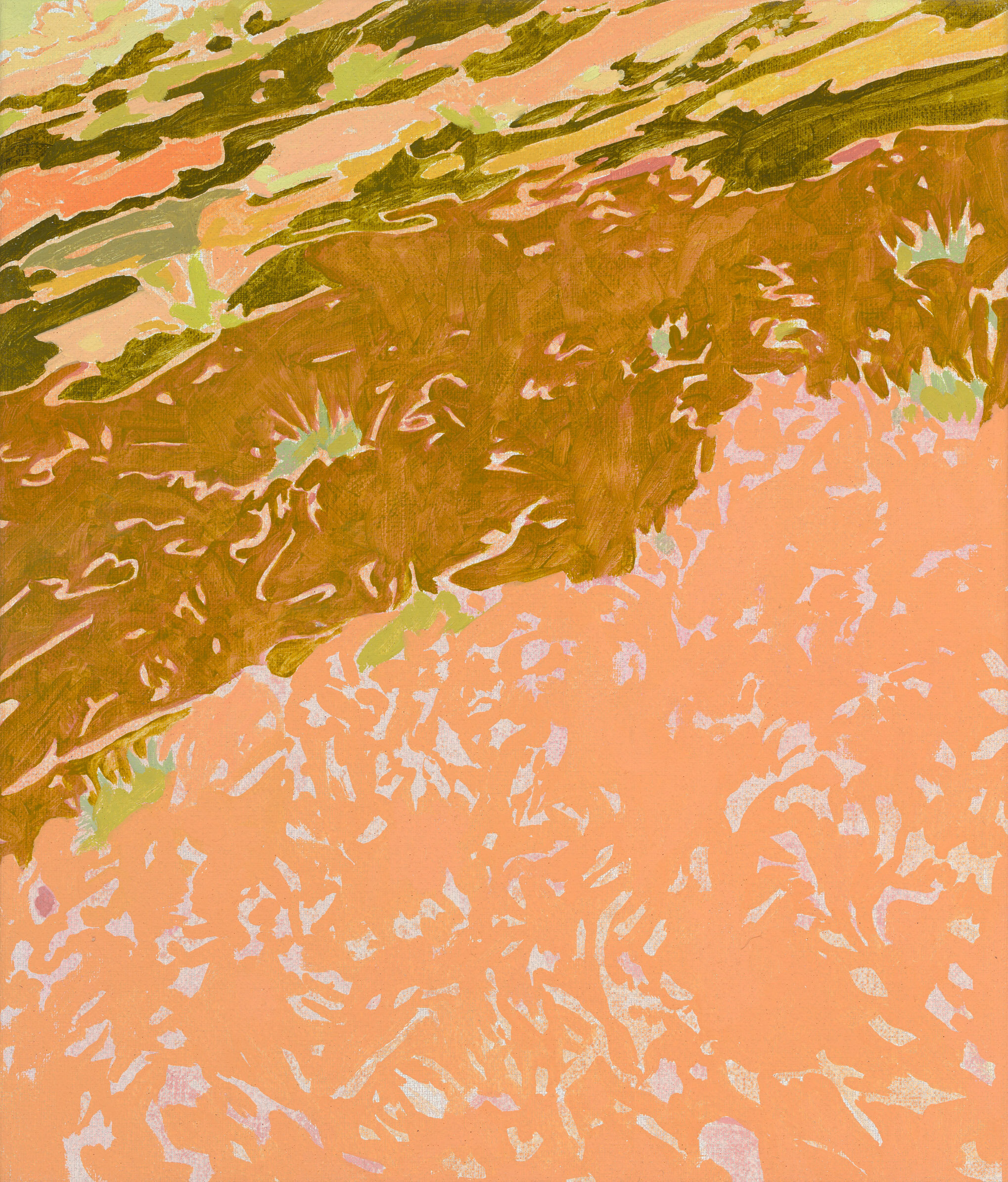Looking Forward while Looking Back:
A Self in Construction
Curated by Elisa Gutiérrez Eriksen
Sept 11 - Oct 1, 2020
NARS Foundation is happy to present “A Self in Construction” as part of the Looking Forward while Looking Back Series. For this iteration we present the works of Sophie Barbasch, Jinhee Park and Louise Tate.
The practices of these 3 artists converge in the attempt of constructing a definition of the self. They present their existence as something nourished by the environment, the family, their childhood, the cities they live in and even history. These definitions have fictitious and dreamy aspects that call for a reflection through the notion of identity.
In a constant tug between interior and exterior, the individual and the collective, Barbasch, Park and Tate, create poetic narratives based on the complexity of becoming.
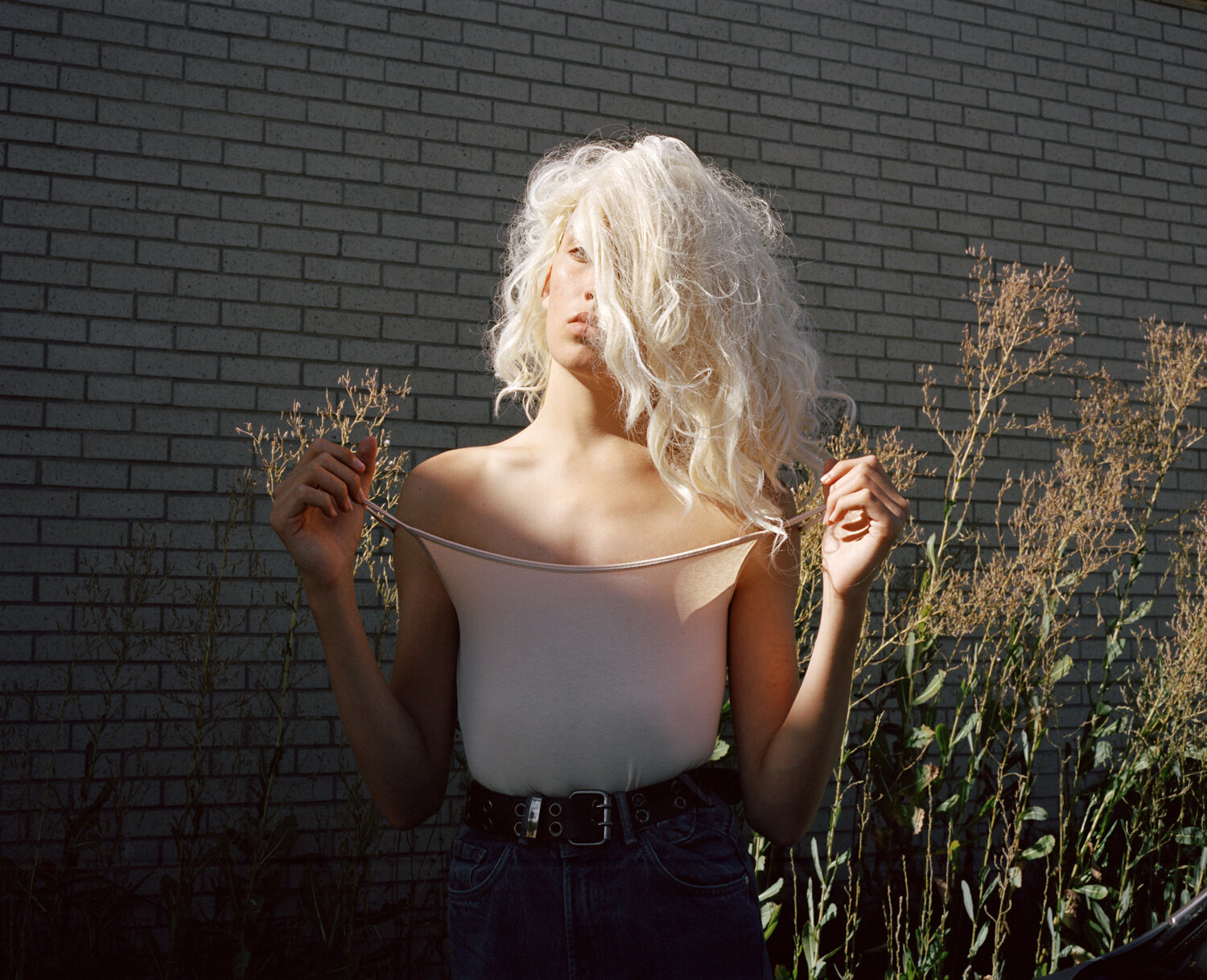
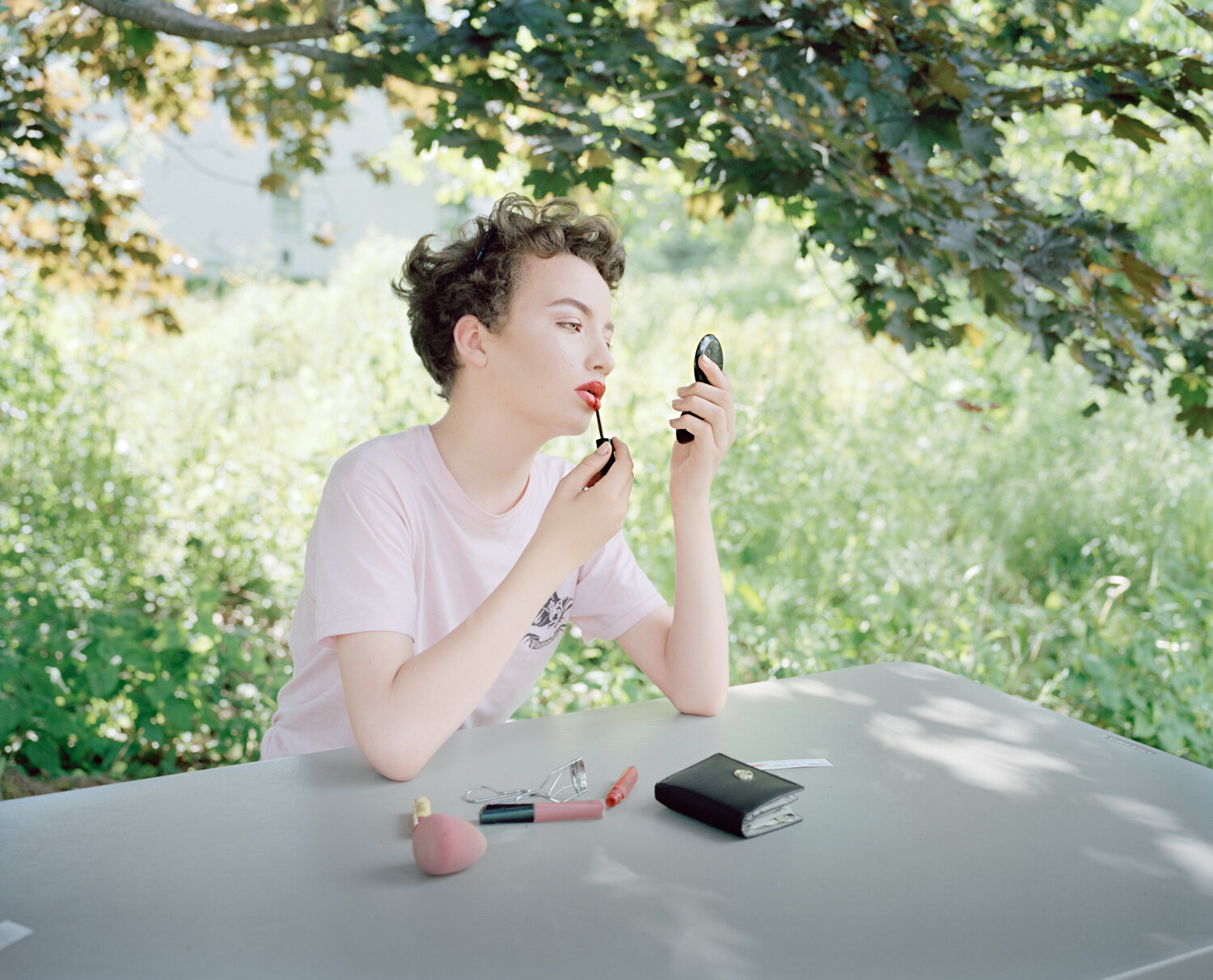
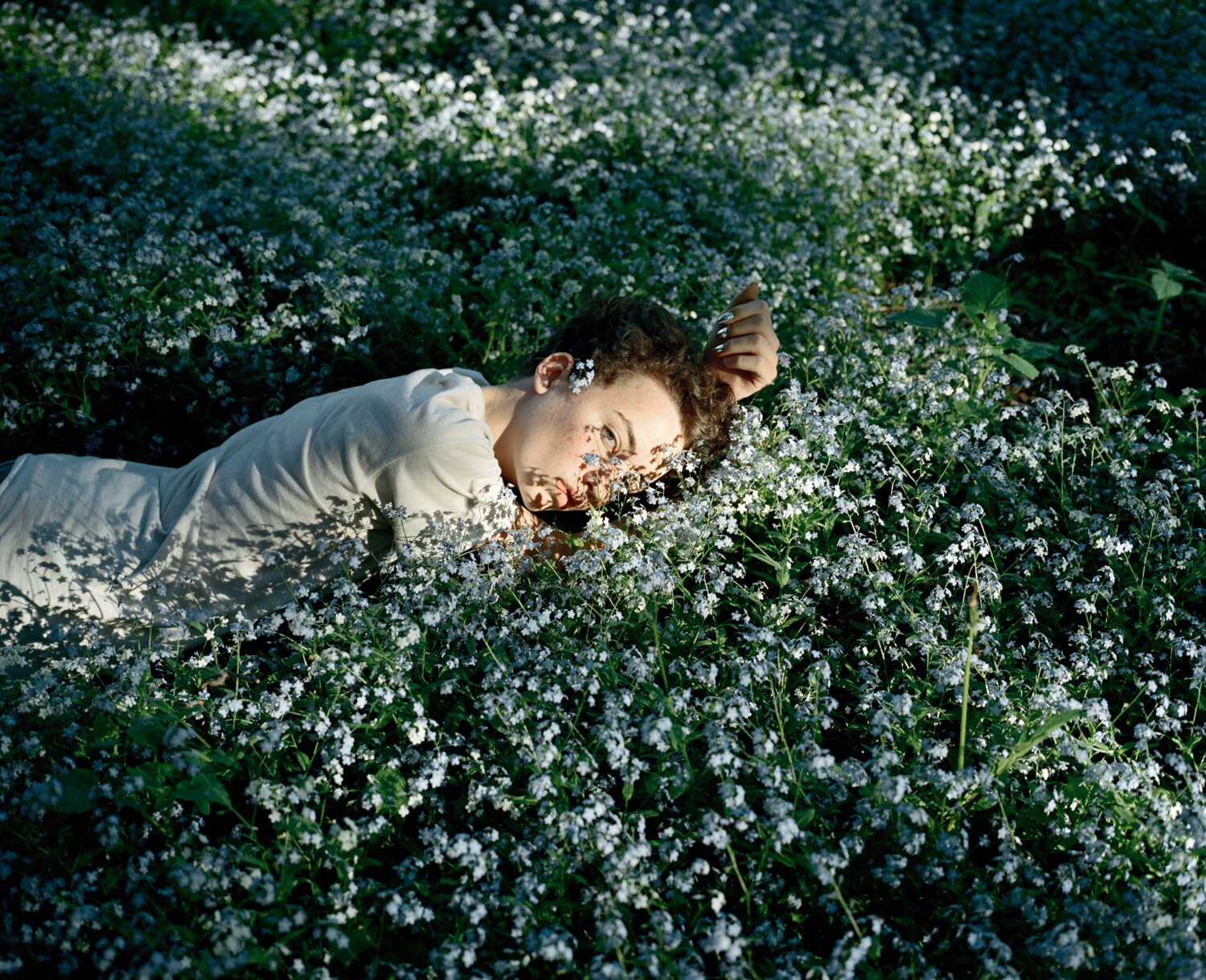
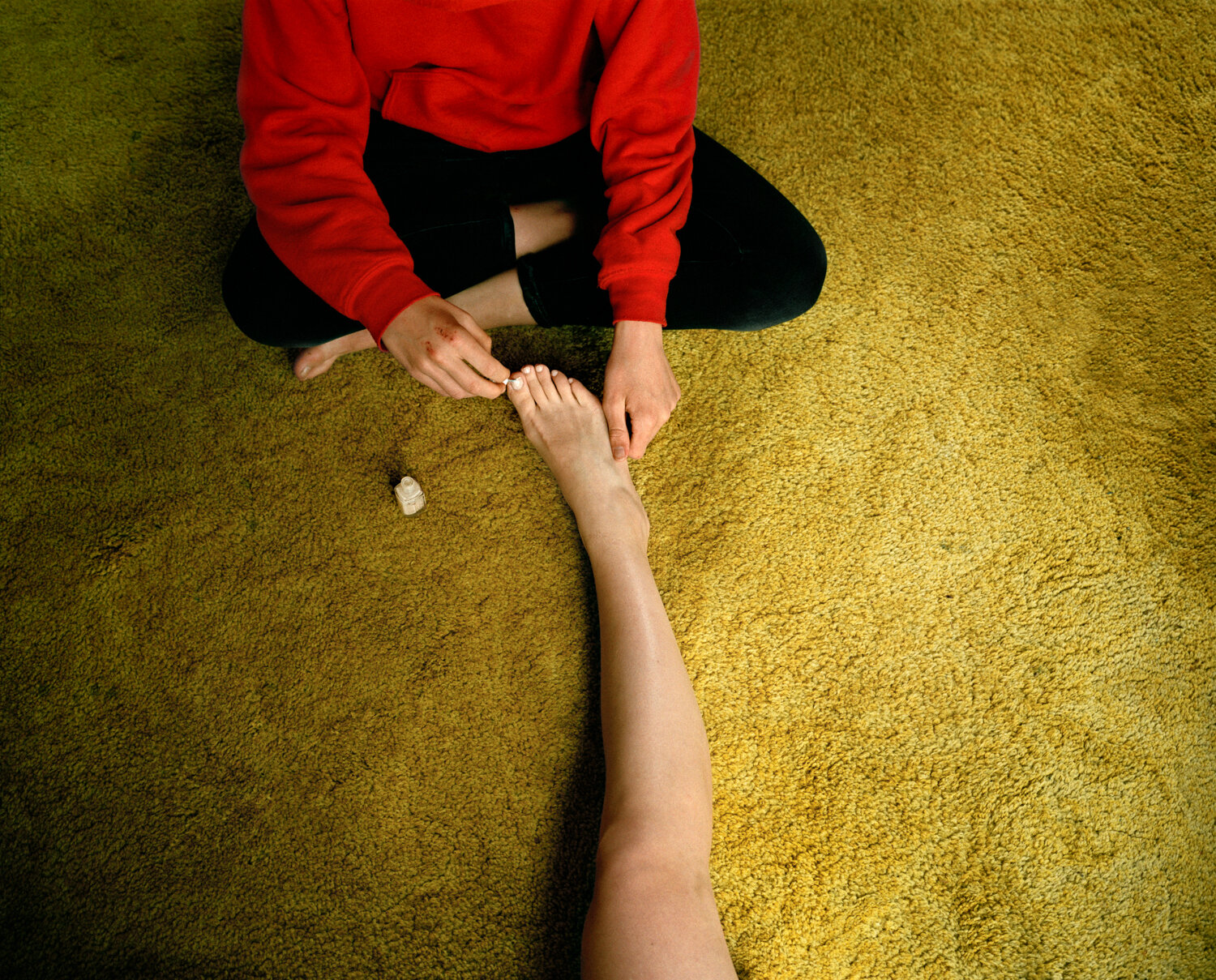
Sophie Barbasch (USA)
NARS Alumni, 2017 Season I
@sophiebarbasch
Sophie Barbasch is a New York based photographer. She earned her MFA in photography from the Rhode Island School of Design and her BA in Art and Art History from Brown University. Selected grants and residencies include the Bemis Center for Contemporary Arts, the NARS Foundation, and a Fulbright Fellowship to Brazil.
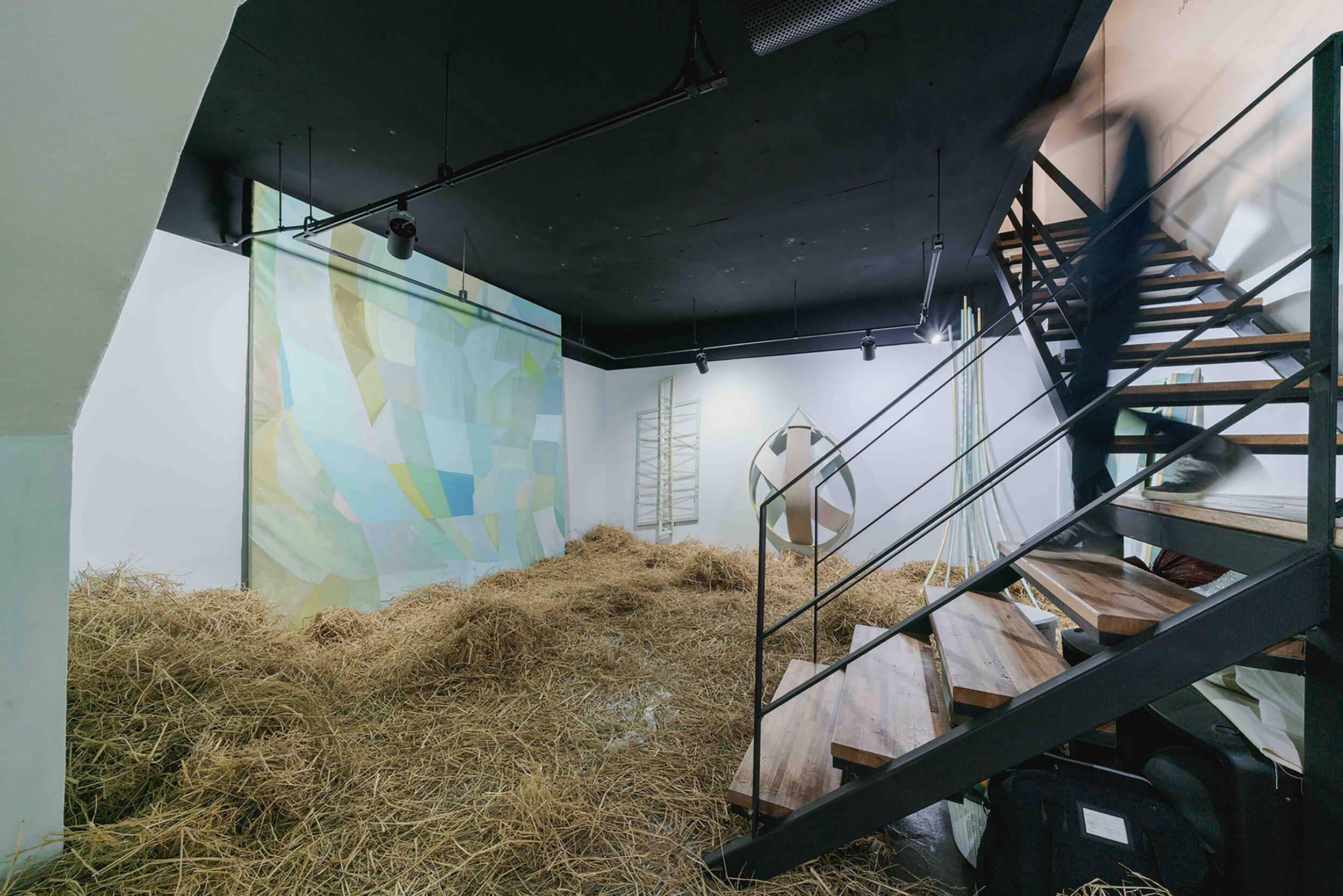
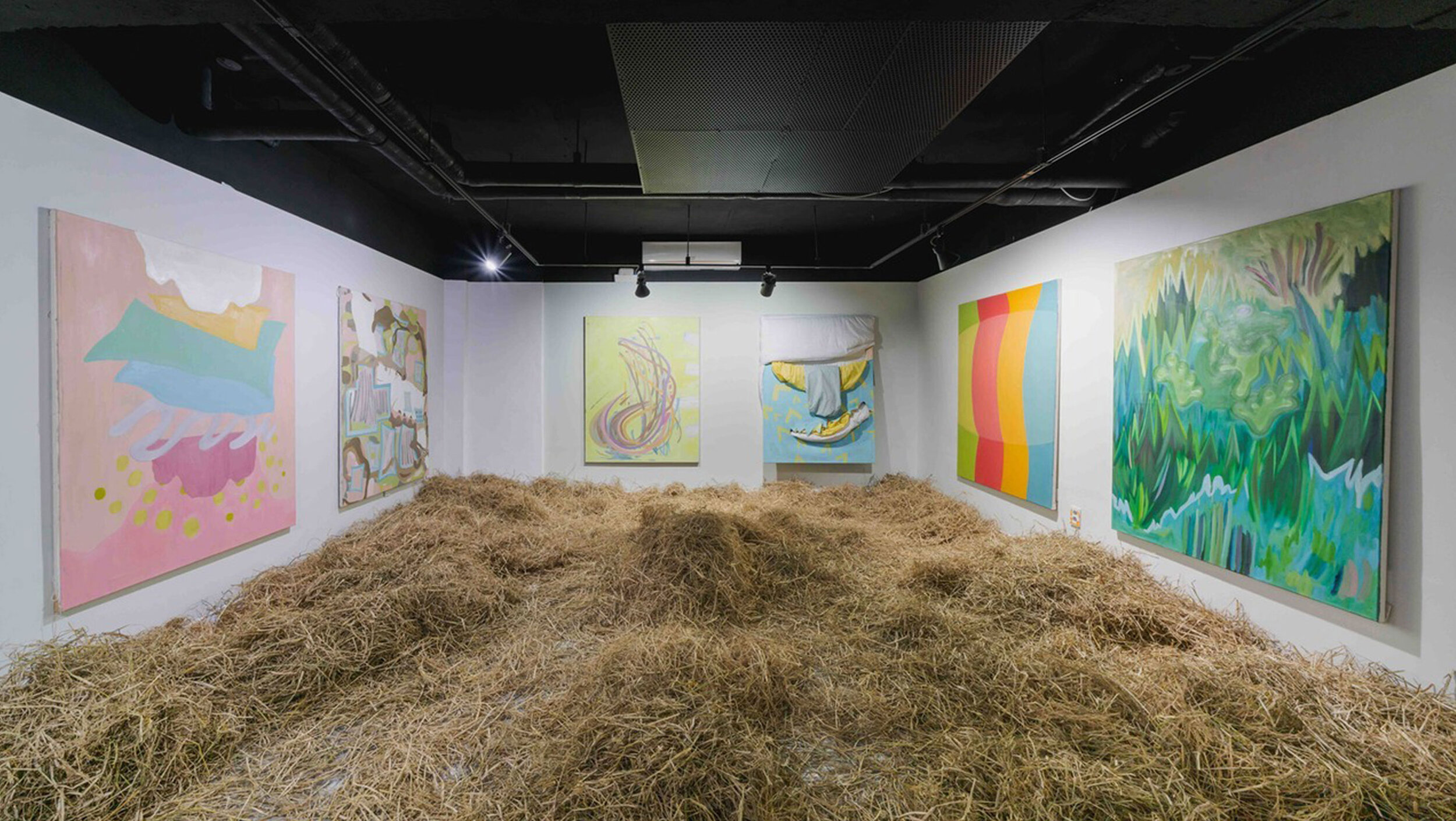
Jinhee Park (South Korea)
NARS Alumni, 2018 – Season III
@zzin84
Jinhee Park (Born 1984 in Seoul) paints mindscape by way of “space of own” that is isolated yet connected to a network of metropolis. He studied at School of Visual Arts, New York (BFA Fine Arts in 2013), Royal College of Art, London (MA Painting in 2017) and He have worked in Kumho Art Residency; Korea, Changdong Residency run by National Museum of Modern and Contemporary Art, Korea; NARS Foundation Residency, New York, U.S.A; Leipzig International Art Program (LIA), Germany. He is selected as Honorable Mention of ArtSlant 2016 Grand Prize Winner.
Louise Tate (Australia)
NARS Alumni, 2019 – Season II
@lo.lou
Louise Tate is a Melbourne-based painter and writer whose practice explores personal and historical narratives of women, care, and the Australian landscape. Her work weaves a story that is personal, national and fictional, offering up possibilities for new ways of being in the world. Recent achievements include: semi-finalist in the Brett Whitely Travelling Art Scholarship (2019) and the Doug Moran National Portrait Prize (2019), finalist in the 'churchie' national emerging art prize (2019), finalist in the Hopper Prize (2020), and an artist residency at the NARS Foundation in New York (2019).
Download Press Release
CONVERSATIONS
2017 Season I
@sophiebarbasch
Can you tell us a bit more about your process when creating artwork?
For this project, my process involves going to visit my family in Maine, usually with a shot list in mind. When I get there, I talk to my cousin Adam, who is the protagonist of the project, and we consider the different types of images that we want to make. We talk about location, light, props, clothes, and gesture. We discuss the overall arc of the project and the themes that come up when making personal / family work. Later, I scan, edit, and sequence the images and review them with him. In this sense, the project is very collaborative. Throughout, I think about the challenges and rewards of photographing in one place for an extended period of time. Often, it feels like there is nothing left to shoot—and then a small detail will reveal itself and remind me that there is still more to say.
How are you doing these days? Is your artwork being influenced by or providing an outlet from the current events in the world?
2020 has revealed, with brutal clarity, just how broken our systems are. I have not really processed any of it yet. I’m not sure if recent events will visibly reverberate in the images I made this year (I haven’t developed the film yet). Looking ahead, it seems hard to
imagine future projects not being impacted by everything that is happening right now. In general, I think of my art practice as a haven of sorts—a place to collect the scattered elements of lived reality and try to make sense of them all.
How do you see the role of art and artists in society today?
Ideally, art is a way to tell honest stories about our lives. Sometimes, in telling these stories, artists tell us not only how to understand the past but also what to expect in the future. When I read the headlines these days, I think of various art projects that foretold so many of these crises. I realize that this may sound dire. But I’m mentioning it simply because recently, I have been very focused on how important art is to all of us as a collective—not only as an escape but as a means to engage our concrete, everyday reality.
Is there something specific that you hope to explore in the future?
Recently, I have been feeling the need to make objects. At times, I feel like there is something too elusive or ephemeral about the photographic image and working on a screen. I want to make something that you can hold onto. I’m still not sure what form this idea will take.
2018 – Season III
@zzin84
Can you tell us a bit more about your process when creating artwork?
Having studied and worked in New York and London for last 10 years, recently I relocated to Seoul. Though working in Korea as artist is the first time in my life, for recent years I have completed several projects like <Mt. Choan project> and <Can-Can Boys>. Also, this year, I organized a big show <Minor Infelicities> in Seoul, inviting very talented queer curators and artists come from not just Korea, but the Philippines, Singapore, Hong Kong, India and Japan. It was a show that different Asian gays collaborated together and revealed their subversive or interrupting disposition. There were many concerns because of Covid19, but we did the show in July eventually and more than 800 people visited without that accident.
How are you doing these days? Is your artwork being influenced by or providing an outlet from the current events in the world?
As mentioned above, I have done <Mt. Choan project> which was to build Tyvek tent with Interior designer Hoon Lee and to paint staying alone for several weeks in Jeju island and a camping site in Mt. Choan. It was such a fun project to try living in nature and
paint own interior space. In 2019 I had a group show <Can-Can Boys> with gay artists and a writer in the theme of gay crusing, which was the first art-show in Korea showing that keyword outrightly. This year, I had <Minor Infelicities> and back to my painting work, and preparing for next exhibition.
How do you see the role of art and artists in society today?
Since Covid19 and the emergence of AI, the human being is faced with the crucial crisis, and possibly, one can say it is the period of change. But wouldn't sense of touch and warmth in human art-work be more demanded in this unsettled age?
Is there something specific that you hope to explore in the future?
My concerning in canvas works has moved from cityscape to marsh. Based on visuality of marsh, I will be exploring on canvas using oil-colors. The time that I have spent years in New York, London and Seoul will be a good process to build my art. In actuality, my color-palette became more complex. Now I believe that it is the time to explore deeper own imagination on canvas.
2019 – Season II
@lo.lou
Can you tell us a bit more about your process when creating artwork?
I try to keep it pretty fluid. I like having a vague outline in my mind of what I want to create without feeling bound to it. For each body of paintings I will usually collect or take photographs, and then play around with physical or digital collages to see what sort of images I’d like to turn them into. Then I’ll sketch an outline onto a piece of linen, and go from there. I love unexpected marks and colour combinations. There’s a lot of push and pull within each painting, as I try to find some sort of balance within what is sometimes a bit of a colour vomit on canvas.
How are you doing these days? Is your artwork being influenced by or providing an outlet from the current events in the world?
It’s certainly both! I’ve had ups and downs, as I’m sure everyone has. I live in Melbourne (Australia), which is currently in one of the stricter coronavirus lockdowns globally. I’m not allowed to go into my studio to work at the moment, so I’ve got a sort of makeshift living room studio setup that I share with my partner, who is also working from home. It has been really nice to have my art practice tying me to some sort of routine and to feel as though I have something meaningful to work on. I’ve found myself painting really utopian garden scenes as I’m spending so much time inside my apartment in what is a
pretty urban suburb of Melbourne. It’s not the same as going hiking in national park and being surrounded by pademelons (they’re like small kangaroos), but it has been a good way to give my mind a holiday. It has also felt very stressful at times as I beat myself up for not being nearly as productive as I would “normally” be. But I’m trying to let this year roll in whatever way it wants to and not feel too overwhelmed by all the constant changes and restrictions it’s been bringing.
How do you see the role of art and artists in society today?
The role of art is to continue to question the world. This doesn’t always have to be done boldly, but can be done gently and with curiosity.
Is there something specific that you hope to explore in the future?
Paintings that care for the environment. The bushfire season is obviously already going full steam ahead on the west coast of the US, and it won’t be long until Australia is back in an extended bushfire season too. Climate change is still a huge problem, despite being currently sidelined by a global pandemic. I’m going to continue reading, thinking and painting about ways to look after our beautiful landscape.
